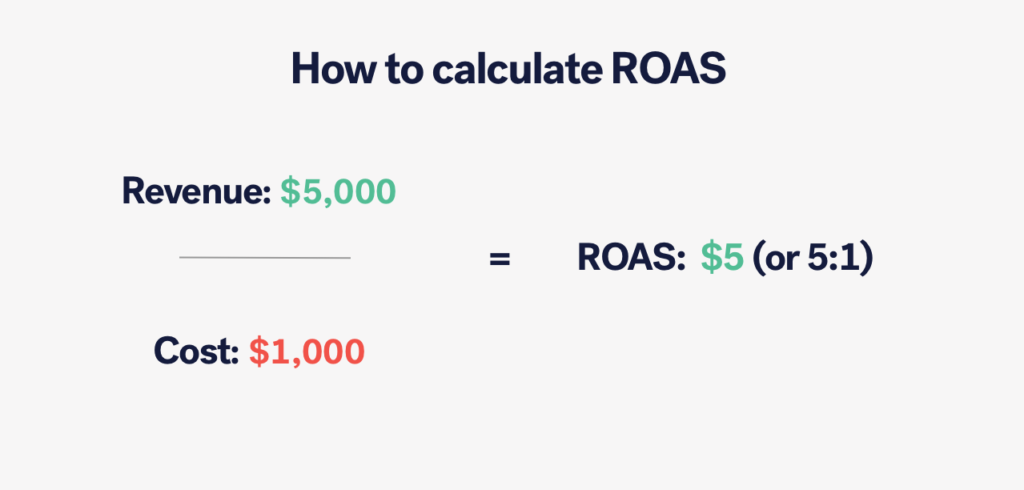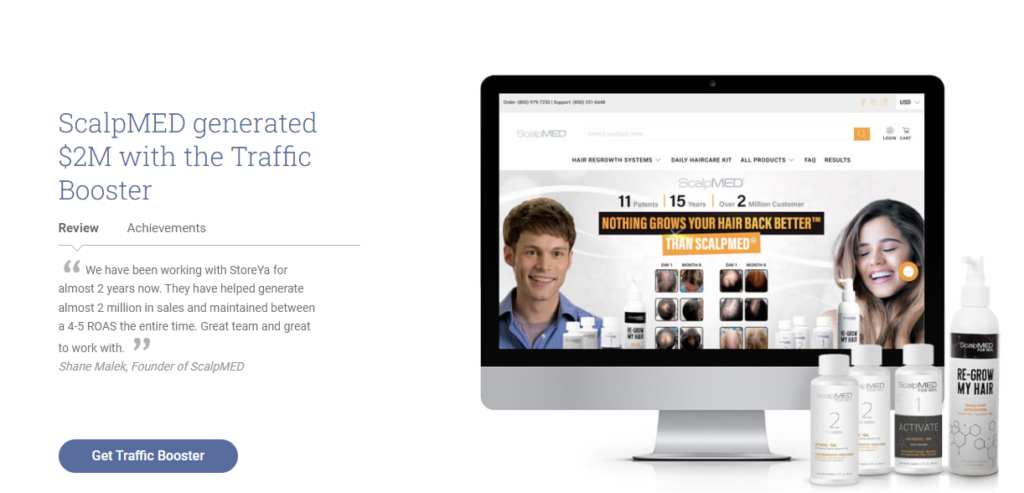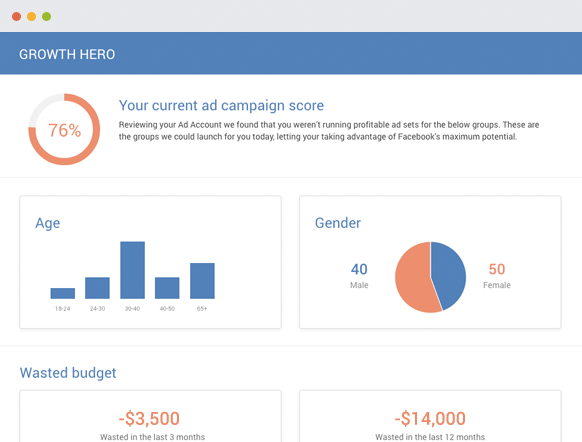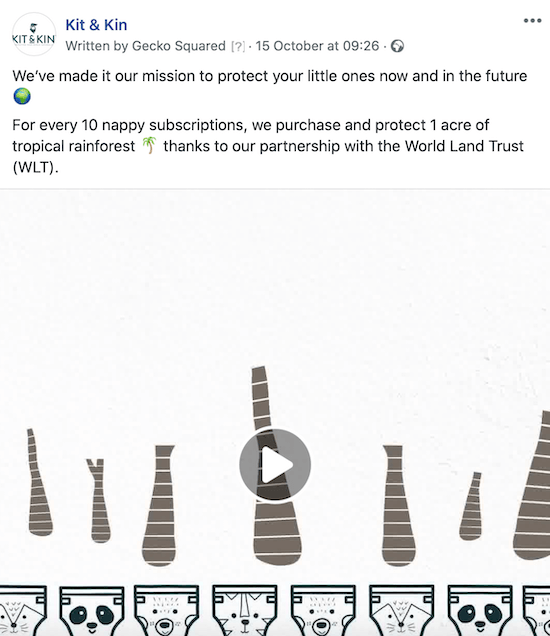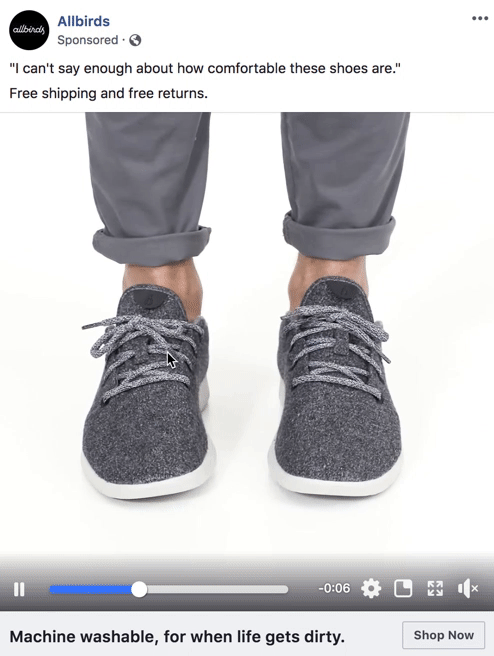You can build the best Facebook ads for eCommerce, but without sound optimization and management, you could be burning through any profits you are marketing for. The key is optimizing for ROAS.
Yes, on the one hand, you want to keep your costs down, but it’s more important to ensure you are earning the most for every cent spent. If you don’t optimize for ROAS, reducing ad spend will not improve your profits.
Why?
Because you will just be reducing the dollar amount spent on bad-performing ads, rather than improving performance and increasing revenue on those ads.
In this post, we will take you through some top hacks and strategies you can use to do just that. Such as:
- Get a brand performance benchmark
- Be wary of over-segmentation
- Boost performance with advanced AI optimization
- Reduce performance friction
- Review digital touchpoints on your customer journey
But first, let’s recap the difference between Facebook ROAS and ROI, how to calculate Facebook as ROAS, and what the Facebook ROAS is that you should be aiming for.
Facebook ROAS vs. ROI and How to Calculate Facebook Ad ROAS
ROIs (return on investments) are often confused with ROAS. However, while both are essential eCommerce KPIs and give you an idea of performance vs. money spent, they highlight performance at different stages.
ROI measures the total return on overall investment and is a good indicator of the success or profitability of your marketing strategy as a whole. It’s worked out by dividing your overall profit by your advertising spending, and then multiplying by 100 to get a percentage.
[Source: Aarki]
ROAS, on the other hand, measures the revenue generated from a specific ad campaign or platform, pointing to every cent gained from every advertising dollar spent. To calculate ROAS, you divide the revenue of an ad campaign by the cost, and then multiply it by 100 to get a percentage.
[Source: Aarki]
Ultimately, ROI is more of a bigger-picture metric that factors in profit and operating expenses. And ROAS is calculated on direct ad spending and helps eCommerce marketers measure the performance success of specific campaigns or channels.
Facebook ROAS Example
Let’s say you spent a total of $1,000 on Facebook ads and earned $5,000; your ROAS would be $5, 5:1, or 500% — depending on the metric format you’re using.
[Source: Segment]
What Is a Good Facebook Ad ROAS?
Before you can optimize your Facebook ad costs and boost ROAS, you need to know what ROAS goals you’re aiming for. But there is a lot to consider when it comes to Facebook ROAS, such as:
- The size of your eCommerce brand
- The niche you’re selling in
- The campaign objectives
- The campaign types
- Your average CACs (cost per acquisition)
The bottom line is that some eCommerce brands can see 6:1 and 10:1 on their ad campaigns, while others may only see 4:1.
Ideally, you’re looking to improve your ROAS as much as you can, and then maintaining it. You also want to make sure that Facebook is working in perfect sync with your other eCommerce ads.
Facebook ROAS Example
ScalpMED takes advantage of different advertising channels to boost marketing performance, each feeding off the other, to increase their monthly revenue by 4%–5% ROAS. Key channels include Google, Microsoft Ads, and, of course, Facebook Ads (including Instagram).
Generally speaking, you want your ROAS above 3:1, regardless of the type of eCommerce niche you’re selling in. Even if your results are “above average,” you should continuously strive to optimize your campaigns to boost ROAS.
And what expert strategies can you use? Let’s look at the top five.
How to Optimize Facebook Ad Costs and Boost ROAS [5 Hacks and Strategies]
In the next section, we will discuss the top hacks and strategies you can use to optimize Facebook ad costs and boost ROAS, such as:
- Get a brand performance benchmark
- Be wary of over-segmentation
- Boost performance with advanced AI optimization
- Reduce performance friction
- Review digital touchpoints on your customer journey
Let’s jump in.
1. Get a Brand Performance Benchmark
The first thing you want to do is to better define your Facebook ROAS goals. The best way to do that is to create a baseline performance benchmark for all your advertising channels and campaigns. You can do this by separately tracking the revenue earned and the cost of each campaign on all your eCommerce ad channels.
Once you have a good idea about your other channels, you can take a deep dive into your Facebook marketing to compare them to. You can do this manually, or you can use the free Facebook audit tool Growth Hero.
Get the App Here
It’s important to note that although ROAS is a valuable metric, it’s not the only consideration when evaluating advertising campaign success.
For instance, ROAS doesn’t take brand awareness, shopper loyalty, or customer lifetime value into consideration. You also need to have enough sales. As our Chief Media Officer, Mushon Heinisch puts it:
“If you have enough sales in a given period, use ROAS as your key indicator when optimizing your ads. If not, consider breaking down your sales flow to micro-conversions like add-to-carts and product views. Either way, always take into account metrics like CTR, CPC and impression share (or frequency) to understand how well your ads perform before the users are directed to your digital asset.”
2. Be Wary of Over-Segmentation
It may surprise you, but over-segmentation is one of the most common reasons for low ROAS. This is because Facebook thrives best on lots of data, and when you go far too granular, you limit available data, making performance inconsistent.
You want to target audiences as precisely as you can, without resulting in too small of an audience for Facebook to get out of “learning mode.” Here are three expert targeting strategies you can try instead:
- Mine your analytics for audience potential
- Segment your target audience based on brand interest
- Merge lookalike audiences with interest targeting
You can read more about these, here.
Ultimately, if you want to improve your marketing results, you should invest in highly qualified audiences and test segments and lookalikes often.
3. Boost Performance with Advanced AI Optimization
One of the best ways to keep your Facebook ad costs within budget while maintaining excellent ROAS is ensuring that you are continuously tweaking and optimizing in real-time. The only way to do that effectively is with AI and automation.
Yes, Facebook dynamic ads give you a good level of automation, but you need AI optimization throughout your entire Facebook marketing in order to improve ROAS across the board. It’s even better if that AI works seamlessly with Facebook and Google eCommerce ads.
The advantage of using advanced AI-powered PPC management software include:
- Real-time optimization
- Automated tasks and management
- Multi-channel dashboard
- Easier marketing scaling
- Improved performance reporting
- Robust reporting tools
For instance, Agogie is getting 5X ROAS thanks to Traffic Booster’s advanced AI optimization.
4. Reduce Performance Friction
The next thing you can do to optimize Facebook ad costs and boost ROAS is to reduce friction.
Optimizing your online store can go a long way toward improving your results. Therefore, you will want to evaluate your store to ensure the conversion part of your ROAS isn’t a shopping-experience problem. You can do this in minutes with the free Benchmark Hero.
Get the App Here
In a nutshell, while you need your Facebook ads to bring you shoppers, it’s your product pages and online store that will push them over the conversion line. This means that your ads, CTAs, and the potential shopper’s final destination (the URL) should be in perfect harmony — moving from campaigns to checkout (or whatever the final goal is) as seamlessly as possible.
For instance, let’s say you are driving email sign-ups. You wouldn’t want to run a Facebook ad that sends potential customers to your store’s sign-up page, from where they then have to navigate to your site. Instead, you can run a Facebook lead-generation ad campaign that links to your CRM, eliminating the middle step altogether.
Bonus Content: Winning eCommerce Facebook Strategy for 7-Figure Stores
And in today’s competitive market, this also means looking at your customer journey, which brings us to the next Facebook ROAS hack.
5. Review the Digital Touchpoints on Your Customer Journey
Yes, streamlining your customer journey can help remove friction — it can also improve cost efficiency. Meaning, more sales revenue for less expense. But that doesn’t mean you should always aim for as few steps, or digital touchpoints, as possible.
Sometimes you need a longer journey with more stops along the way to make that final sale as cohesive as possible.
Let’s say you’re an online clothing retailer bringing in a decent amount of traffic to your store, but your conversion rates are not where they should be. You can see by the bounce rates and sessions that people are spending time on your website; they just don’t seem ready to make that final push.
You could try adding an additional remarketing Facebook ad campaign designed to target those browsers with a video of happy customers (a third-party review). This is particularly helpful for higher-end eCommerce stores where shoppers may need extra time to make a more significant investment in a luxury product.
Some Facebook ad campaigns you can try with cold audiences (the bottom of your funnel) include:
- Video content ad (entertaining/educational)
- Ads to educational blog content on your store (such as gift-buying guides)
- New-shopper promotional ads
- “Personal” brand stories
[Source: Social Media Examiner]
Some Facebook ad campaigns you can try with warm audiences (the top of your funnel) include:
- Retargeting campaigns
- Personalized promotions
- Dynamic product ads
- Product video ads
- Customer testimonials
[Source: HubSpot]
Wrap Up
There you have it: five quick hacks and strategies you can use to optimize Facebook ad costs and boost your campaign ROAS.
Still have Facebook ad questions? Post them in the comments below, and our PPC experts will get back to you ASAP.

Nicole is a content writer at StoreYa with over sixteen years experience and flair for storytelling. She runs on a healthy dose of caffeine and enthusiasm. When she's not researching the next content trend or creating informative small business content, she's an avid beachgoer, coffee shop junkie and hangs out on LinkedIn.
Recommended articles
 Facebook Ads for eCommerce: 16 Strategies, Examples & Tips
Facebook Ads for eCommerce: 16 Strategies, Examples & Tips
 How to Build a Winning eCommerce Ads Strategy
How to Build a Winning eCommerce Ads Strategy
 Google Ads for eCommerce: Everything You Need to Know
Google Ads for eCommerce: Everything You Need to Know
 10X Your Traffic with PPC Management Software
10X Your Traffic with PPC Management Software
Comments
Powered by Facebook Comments



